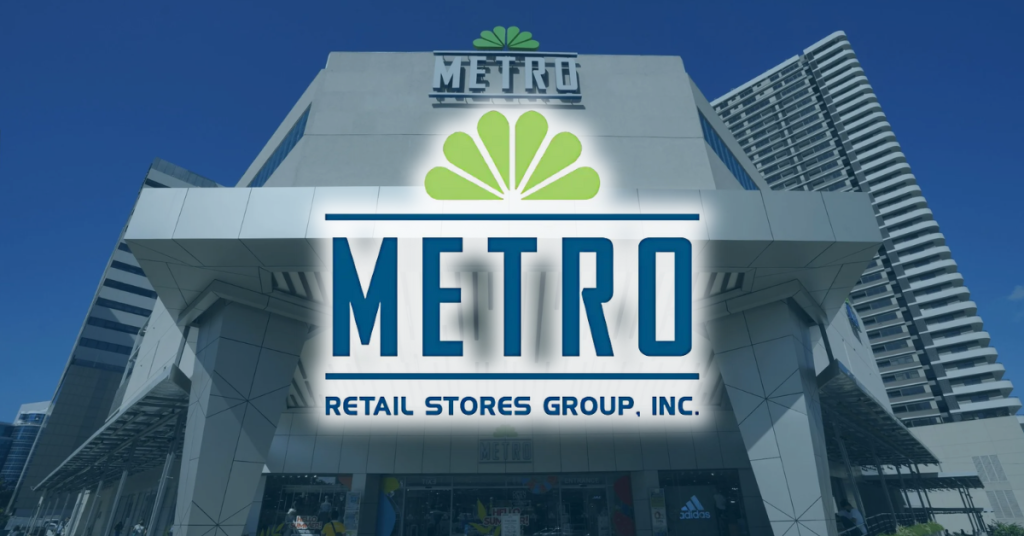Metro Retail Stores Group isn’t just a department store—it’s a finely tuned ecosystem of formats, each designed to serve different shopping behaviors across the Philippines. From traditional supermarkets to large-scale hypermarkets and full-line department stores, the company has mastered the art of multi-format retailing.
“There are three formats,” explained Chairman Frank Gaisano. “One is the department store, another is a standalone supermarket, and the other is the hypermarket.”
Each format has a distinct purpose. Metro’s department stores offer the widest assortment, covering apparel, home goods, and lifestyle products. These stores handle massive complexity. “Department store could go as high as 500 to 750,000 SKUs,” Frank shared. Managing that kind of scale requires both technology and tight category control. “Just imagine if you have 50,000 SKUs—that’s already very complicated. But what about 750,000?”
In contrast, the supermarket format is more focused. It carries mostly food, household essentials, and select general merchandise. “Supermarket would be at most 40,000 SKUs,” Frank said, emphasizing that even though it’s simpler, it still requires a strong grasp of logistics, perishables, and vendor terms.
The hypermarket, meanwhile, sits somewhere in between. “More narrow assortment than department store,” Frank noted. It typically combines food and general merchandise in a larger space—sometimes spanning two to three floors. With fewer SKUs than a department store but more than a supermarket, hypermarkets are tailored to high-traffic areas where shoppers expect both value and convenience under one roof.
Metro’s multi-format approach allows it to adapt to different communities. In high-density urban areas, a compact supermarket might be more effective. In provincial hubs, a hypermarket can anchor a shopping complex. The flexibility also enables the company to scale selectively across regions like Visayas, where it maintains a dominant presence.
Managing such diversity takes more than floor space—it requires sophisticated inventory systems and a strong planning culture. “We probably have the best-in-class IT software,” Frank said. “We have automated systems for replenishment. Technology helps a lot.”
Each store may vary in size and product mix, but Metro’s strategy remains consistent: right format, right location, and the right assortment for the customers they serve.
By building specialization into its formats and backing it with technology, Metro Retail has turned complexity into a competitive advantage—proving that scale and flexibility can coexist when backed by structure and strategy.
![]()



